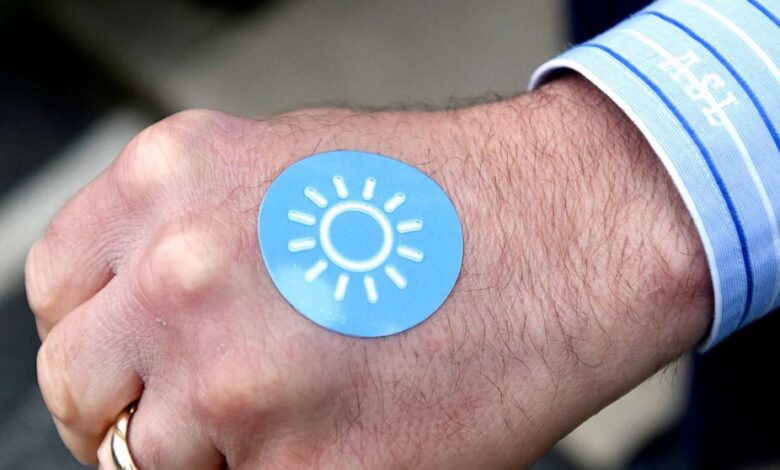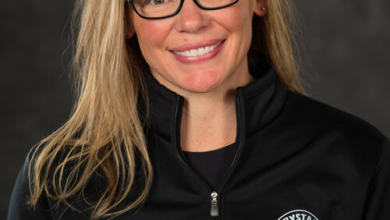What are UV stickers? How indicators may help in the sun and tips for full protection

WATCH: Which sunscreen is right for you?
This summer, it should be easier than ever to protect your skin from harmful UV rays, with plenty of products and dermatologist-approved tips below to help minimize overexposure and possible damage.
Dr. Whitney Bowe, a New York City-based dermatologist, shared her insights with “Good Morning America” on some summer skin products that have been percolating on social media.
What to know about UV detection stickers
“I’ve been testing these myself, and looking into the available research, so I can advise my patients and social media followers about the risks and benefits of using these trending UV sensing stickers,” Bowe said. “So far, there is limited research available on how these stickers affects sun protection habits, but three studies all seem to suggest that users are indeed more likely to reapply their sunscreen when they have access to these wearable sensors.”
In a 2019 study published in the National Library of Medicine, researchers looked at 813 participants, some of whom were given free sunscreen and others given UV-stickers, over a four-day cricket tournament. The study found that those with UV detection stickers were more likely to re-apply their sunscreen than the control group. However, the stickers did not reduce overall sunburn rates.
Bowe cited a 2020 study from the Institute of Health and Biomedical Innovation at Queensland University of Technology in Brisbane, Australia, which similarly looked at 550 participants during a two-day rugby tournament to measure the effectiveness of a wearable UV detection sticker to improve sunscreen usage in a high UV-environment.
“Those given free stickers used three times as much sunscreen as those who were only given sunscreen, but no stickers,” Bowe explained. “Although the use of UV sensors did increase the use of sunscreen, the use of long-sleeved shirts decreased in that study when people had access to the stickers.”
The researchers in that study noted in their conclusions that there was an increased use of sunscreen among adolescents provided with a UV detection sticker.
“One thing worth noting … is that use of these stickers might discourage wearing long sleeve, sun protective shirts and rash guards,” Bowe said. “I personally found the most reliable place to wear the sticker is on the upper arm.”
Bowe added that some of her own patients “have reported that the stickers are less reliable in the water.
“Overall, I think these UV sensors can encourage reapplication of sunscreen but should not give you a false sense of security, nor discourage the use of long sleeve sun protective UPF 50+ fabrics, which are one of my favorite ways to protect my skin, and patients’ skin, from sun damage,” she said.
Watch Bowe explain the efficacy of UV sensor stickers below.
@drwhitneybowe #duet with @NMR | lifestyle + motherhood #MomsOfTikTok #uvstickers #dermatologist #sunscreen #summermusthaves #summerskincare ♬ hospital beach – Cottonwood Firing Squad
Top sunscreen tips and reminders for summer
Prevention and properly applying sunblock is first and foremost the most important thing to do before stepping out in the sun. Here are some additional expert insights to keep your skin safe all summer:
Reapply sunscreen every two hours.
Use sunscreen of SPF 15 or higher when going outside.
Check the expiration date of your sunscreen to make sure it still has its full efficacy.
Make sure sunscreen is labeled “broad spectrum,” which means it protects against UVA and UVB rays.
Apply sunscreen to all exposed skin areas — or, for an average adult, use about enough to fill a shot glass.




